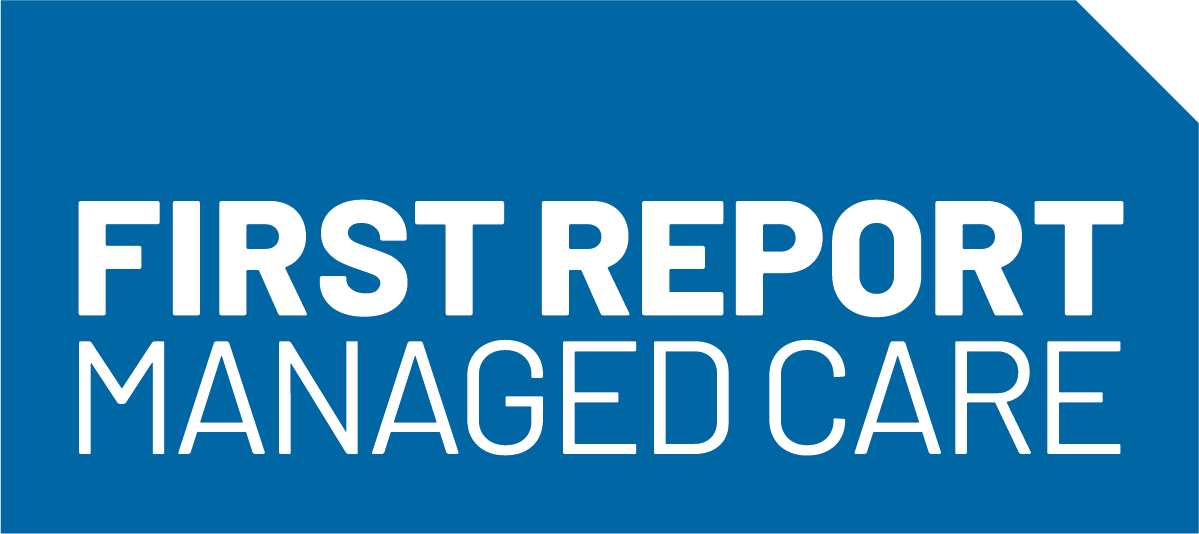Shifting Trends in Trastuzumab Utilization As Biosimilar Adoption Increases
A study analyzing utilization patterns of trastuzumab biosimilars in the US has revealed a significant shift away from trastuzumab toward biosimilar alternatives. Conducted using health care claims data from the Biologics and Biosimilars Collective Intelligence Consortium, researchers assessed the real-world use of trastuzumab products among a large, commercially insured population between October 2016 and October 2022. The study analyzed 5984 treatment episodes of trastuzumab and other HER2 inhibitors from a dataset representing more than 16 million health plan members and over 31 million person-years of data.
Findings indicated that Herceptin, the reference trastuzumab product, accounted for 64.8% of treatment episodes. Among biosimilars, trastuzumab-anns (Kanjinti) was the most widely used, making up 17.6% of episodes, followed by trastuzumab-qyyp (Trazimera) at 5.1%, and trastuzumab-dkst (Ogivri) at 3.6%.
The study also revealed demographic similarities across trastuzumab users. The mean age of patients receiving the reference drug was 60.2 years, comparable to those using biosimilars, with ages ranging from 61.3 to 65.1 years. More than 90% of trastuzumab users were female. The mean comorbidity index score was 1.2 (SD = 1.9) among reference users vs those using biosimilars (range 1.2-2.5), while clinical characteristics (eg, diabetes, hypertension) were similar between both groups.
Over time, the adoption of biosimilars increased significantly. In 2016, nearly all trastuzumab users (96.3%) received the reference product, but this declined sharply to just 15.8% by 2022. Meanwhile, trastuzumab-anns saw a dramatic rise in utilization, growing from 2.0% in 2019 to 37.5% in 2022. Trastuzumab-qyyp and fam-trastuzumab deruxtecan-nxki also exhibited upward trends in usage.
The shift was consistent across both metastatic and nonmetastatic breast cancer subgroups. By 2022, reference trastuzumab accounted for only 18.0% of metastatic breast cancer episodes and 10.2% of nonmetastatic cases, while trastuzumab-anns rose to 44.5% and 29.0% in these respective groups.
The study highlights the increasing acceptance of trastuzumab biosimilars in clinical practice and underscores the need for continued postmarketing safety surveillance and comparative effectiveness studies to guide treatment decisions.
Reference
Mai X, Mendelsohn AB, Marshall J, et al. Utilization and patient characteristics for the trastuzumab reference and biosimilars, and other human epidermal growth factor receptor 2 inhibitors in the United States. J Manag Care Spec Pharm. 2024;30(10):1160-1166. doi: 10.18553/jmcp.2024.30.10.1160











